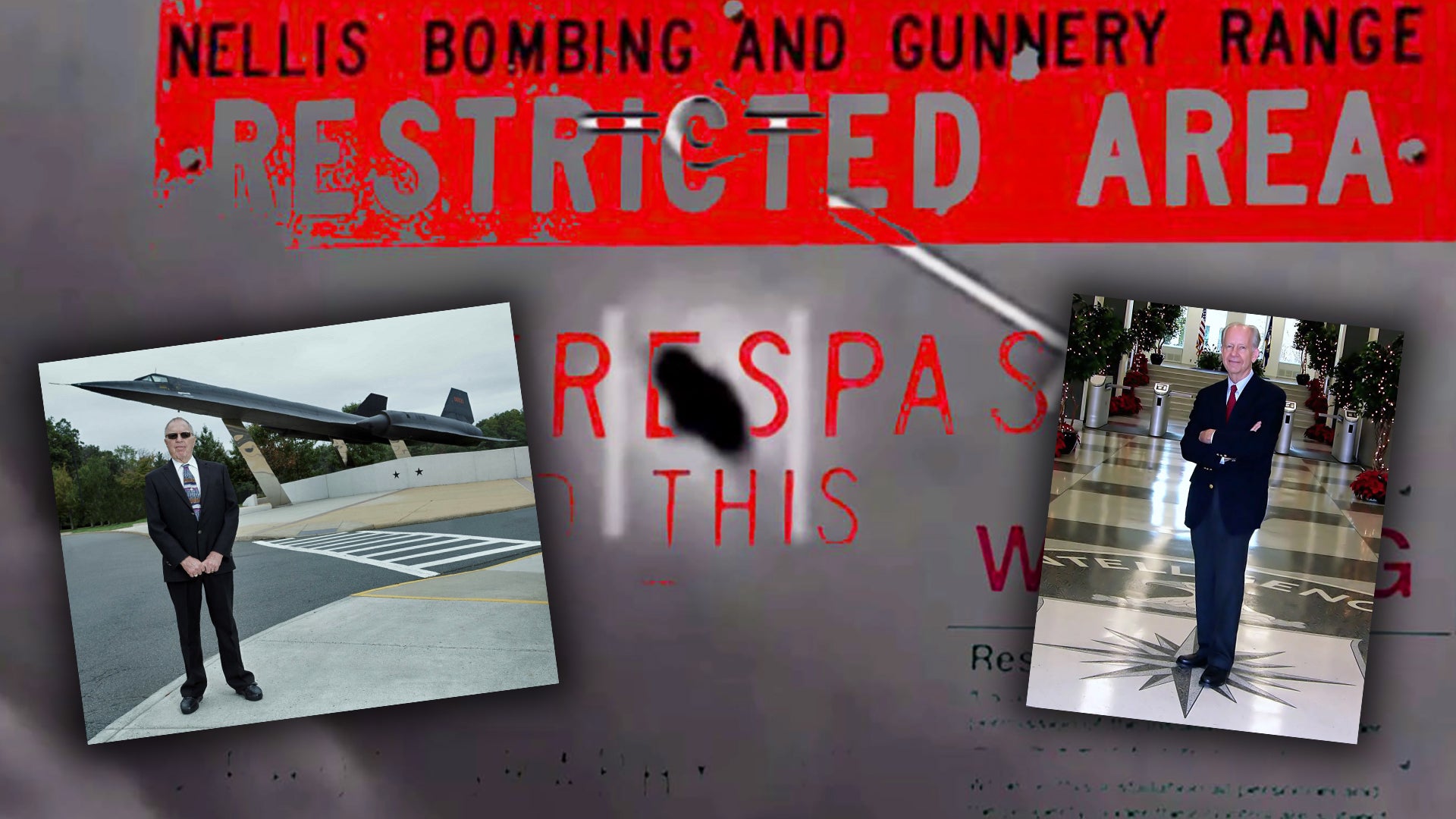It’s a 70-year old mystery that, until recently, had been largely relegated to society’s rebelliously curious. Now, thanks in no small part to three Department of Defense videos showing some kind of unidentified aircraft soaring through restricted airspace, the topic of UFOs has suddenly reemerged as a subject worthy of mainstream attention. First hitting the public almost two years ago after originally being filmed by the targeting pods of Navy F/A-18E/F Super Hornet fighters in 2004 and 2014-2015, interest in these clips has only been bolstered by a recent official statement from the Navy saying, indeed, these blurry objects are “Unidentified Aerial Phenomena” or “UAP.” In other words, their type and origin remain unknown, at least officially.
Despite all the attention from the media and the general public, for a man who’s worked on some of the most highly-classified aerospace programs in the world, all this new UFO talk isn’t all that impressive. In fact, for T.D Barnes, a former Special Projects engineer at Area 51, this entire UFO story sounds very familiar.
T.D. Barnes’ journey into the world of black projects began in 1954, when the young Army radar systems officer was selected to work with the world’s first operational surface-to-air missile systems (SAM), the Nike Ajax and Nike Hercules. Later, through defense contractor Unitech, Barnes would work out of NASA’s enigmatic High-Range Tracking Station-Beatty, assisting with secret space programs, such as NASA and the Atomic Energy Commission’s (AEC) joint attempt at developing a nuclear rocket engine for manned flight to Mars, a project codenamed NERVA.
Finally, by the early 1960s, Barnes would be whisked away by the Central Intelligence Agency (CIA) to work on “Project OXCART,” the development of the A-12 spy plane, at the ultra-reclusive and then quite new Area 51.
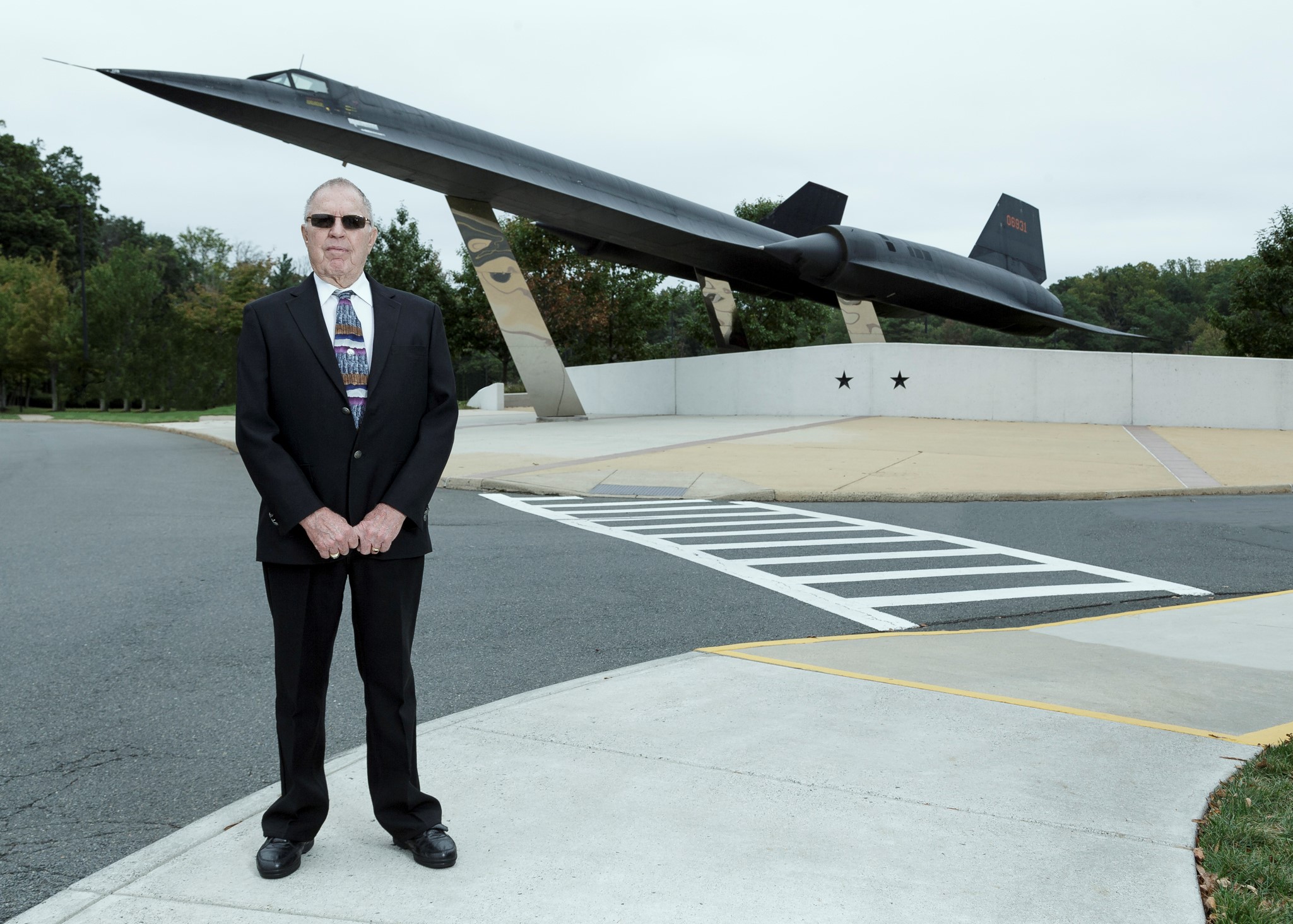
When the focus shifted to the A-12’s successor, the SR-71 Blackbird, Barnes would end up at Area 51’s Special Projects section, part of the Air Force’s Foreign Technology Division (FTD). Until Barnes’ retirement in the late 1970s, for almost two decades, he would work deep inside a world of government secrecy that most will never even get a glimpse of.
When it comes to recent accounts of Navy UFOs, with decades working on the world’s most advanced aerospace projects, T.D. Barnes has a theory:
“This takes me back to circa the 1960s when the CIA designed and was building the Mach 3 A-12 Blackbird to replace the U-2,” says Barnes. At the time, the CIA was gravely concerned that the Soviet Union’s new P-14 “Tall King” radar system would be able to detect the A-12 flying over their airspace. To combat these concerns, the CIA launched an audacious program to develop technology that could electronically generate and interject false targets into the Soviet radars, to trick them “seeing” and tracking non-existent “ghost aircraft.” The project’s codename was PALLADIUM.
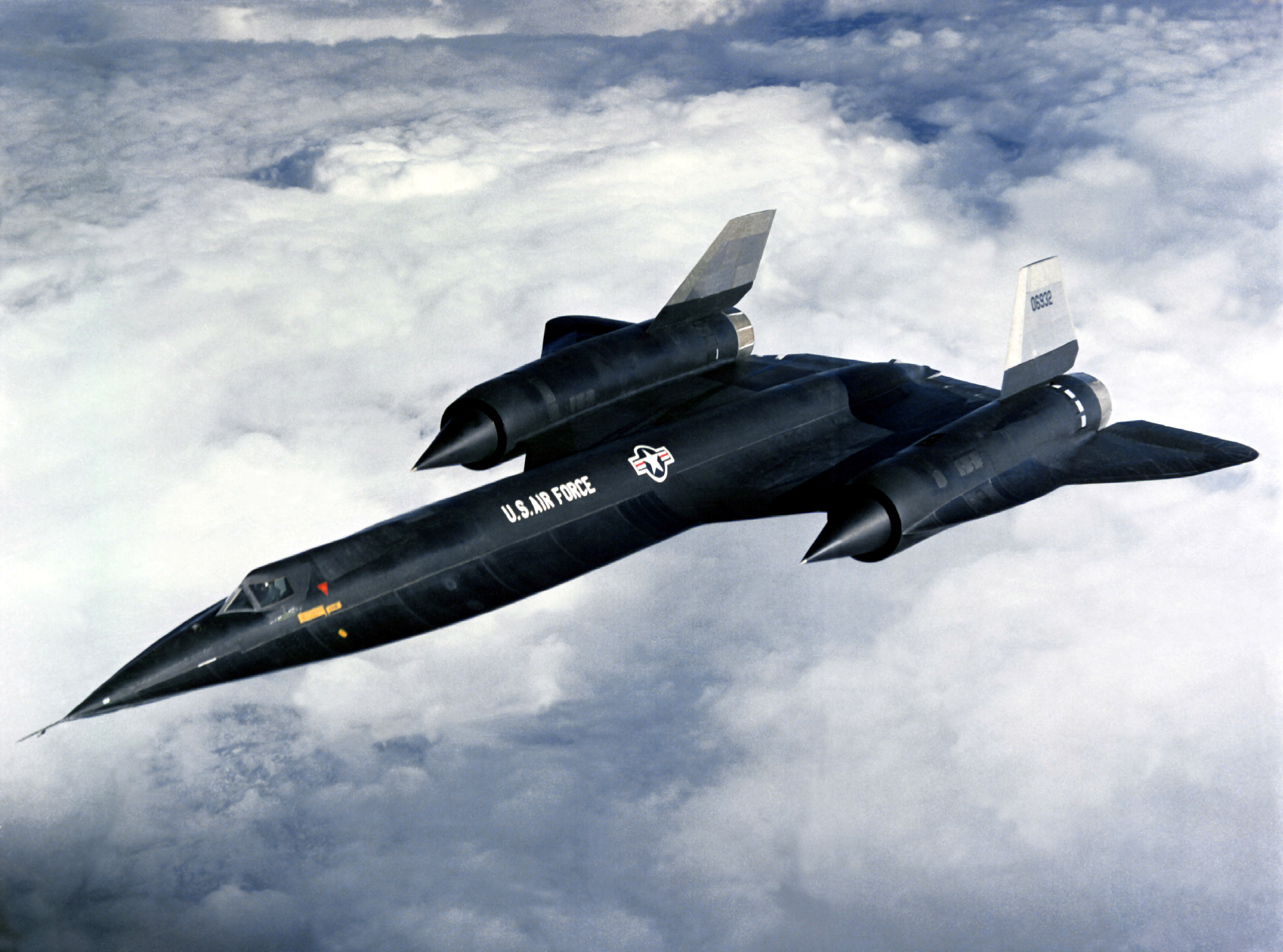
The War Zone
was first to establish a potential historical relationship between PALLADIUM and the Navy’s UFO sightings last Spring. The history of the project is as such:
In 1960, when the Soviet Union moved a Tall King radar system to Cuba, the CIA began covertly using PALLADIUM to trick Russian air-defense radars into thinking unidentified aircraft were flying towards and even into Cuban airspace. As one of the few members of the PALLADIUM team, Barnes served as the air-defense artillery (ADA) and electronic/electromagnetic countermeasures (ECM/ECCM) officer for the classified program.
“Using an electronics-laden C-97 [EC-97G], we could make Soviet radars believe they were tracking any number of aerial objects,” mused Barnes. “At one point, a Russian MiG-15 pilot even claimed he could see the target and had a lock on it.”
Ultimately, PALLADIUM gave the United States forewarning that Russia’s radar capabilities were advanced enough they would soon be able to track and shoot down the Blackbird surveillance planes. As a result, no official crewed surveillance flights were ever conducted over Russia with the jet.
When it comes to the more recent Navy UFO encounters, Barnes says, “I don’t have the answers to what the Navy aviators saw, but in my mind, I’m thinking, we are doing it again.”
Barnes’s comments are remarkable given The War Zone’s recent exclusive on the Navy’s latest revolution in electronic warfare, the Netted Emulation of Multi-Element Signature against Integrated Sensors, or NEMESIS.
Similar to the 1960s Project Palladium at its most basic level, but almost unimaginably superior in scale and capabilities, NEMESIS gives the Navy the ability to simultaneously fool a vast array of enemy sensors spread out over a large area, giving the illusion of ghost fleets of vessels on and below the surface of the ocean and formations of aircraft in the sky. The shadowy system achieves this via networking a vast array of disparate electronic warfare platforms and decoys together, including various swarms of unmanned aircraft and vessels, to create high-fidelity and unified electronic warfare effects across a battlefield.
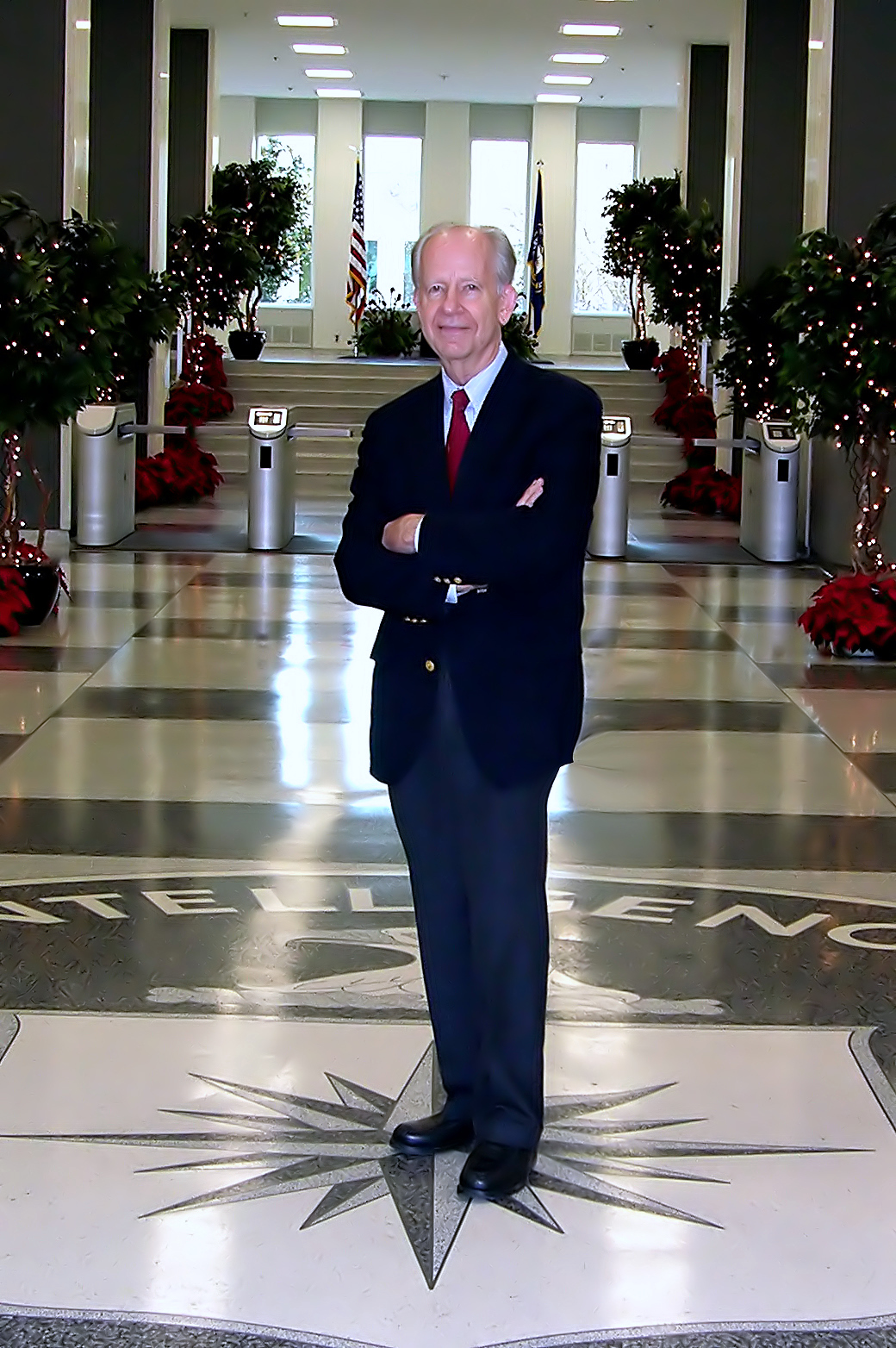
When it comes to potential PALLADIUM-like connections with recent UFO events, there’s likely no one more capable of providing answers than the arguable father of electronic intelligence warfare, retired CIA executive officer, S. Eugene “Gene” Poteat. Described as one of the “Wizards of Langley,” Poteat is the man who founded and for 15-years ran PALLADIUM while working at the CIA’s Directorate of Science and Technology office.
Now in his late 80s, in a rare interview, Poteat said he wasn’t familiar with the recent Navy UFO encounters, yet admitted the events sounded “interesting.” Ultimately, Poteat said he would need to see more of the Navy’s data in order to give his opinion.
A source of contention amongst aviation and UFO enthusiasts, beyond Navy eye-witness accounts and the three brief ATFLIR targeting pod videos released by former Blink-182 frontman Tom Delonge’s UFO-related company To The Stars Academy, no other data on the alleged UFO encounters has been made public.
Poteat was, however, able to offer some little-known details about PALLADIUM that potentially hold significance to recent UFO reports. “To determine Russia’s ability to detect small targets, we used submarine-launched balloon-based metallic spheres,” said Poteat. “The idea was for the early warning radar to track our electronic aircraft. Then for our submarine to surface and release the calibrated spheres up and into the path of the oncoming false aircraft.”
Though descriptions of “balloon-based metallic spheres” sound somewhat similar to eyewitness accounts of UFOs, Poteat explained that the different size spheres were used to detect Russia’s radar cross-section detection capabilities and not to try and fool the Soviet Union into thinking they were seeing a flying saucer.
This fact was previously discovered by The War Zone’s Tyler Rogoway who also found a balloon-borne radar reflector patent that fits the description of exactly what some Super Hornet pilots saw off the East Coast in 2015, described as bizarre floating “orbs with cubes inside.” Check out his full report here.
Similar to what Rogoway surmised, Poteat’s description of sub-launched radar balloons potentially supports a prosaic explanation for at least some of these strange encounters.
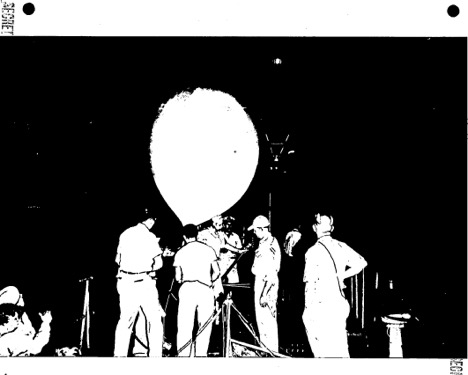
Undeniably, there are some conspicuous similarities between when the USS Nimitz (in 2004) and USS Roosevelt (in 2014-2015) carrier strike groups began to encounter strange unknown aerial objects. Namely, these encounters occurred only after the groups had begun using a host of brand-new and highly sophisticated technologies, both of which The War Zone
In both instances, 2004 and 2014-2015, the carrier groups underway were equipped with revolutionary new systems that would give them huge leaps in networked air defense capabilities. In the first instance, the Navy’s groundbreaking Cooperative Engagement Capability (CEC) was preparing for its first deployment ever. In the second, a far more capable evolution of CEC was about to head on deployment, along with the new and massively capable E-2D Advanced Hawkeye, which is networked into the CEC ecosystem. The War Zone’s in-depth coverage of this cutting-edge integrated air defense system and how it fits into the larger story about the Navy pilot encounters can be found here.
Also by 2015, many Super Hornets had gained new the significantly upgraded Active Electronically Scanned Array (AESA) radar systems. This seems to have drastically helped with detecting the hard to track objects in question. Again, you can find The War Zone’s extensive coverage on this aspect here.
T.D. Barnes believes the deployment of these new technologies to be key and thinks it’s likely the Navy’s “UFO encounters” involved simultaneously testing of ship’s air defense capabilities and the ability of new technologies to defeat them. “Testing and evaluating advanced technology, both domestic and our adversaries was much of what we did while I was with Special Projects at Area 51,” said Barnes.
Some argue, had the Navy’s UFO encounters been related to classified testing, military personnel would have been briefed and made aware they were part of a training mission. Still bound by security oaths, T.D. Barnes was limited in what he was willing to say, however, the Area 51 veteran didn’t out-right dispute the idea sailors would have been in on operational plans had these been training events.
“When we were testing the MiG-21 against our planes, we’d often use National Guard pilots, who were only told that they were on a classified mission against foreign-made technology on Nellis Gunnery Range. They knew nothing about it being a CIA, DIA, Navy, and Air Force Foreign Technology Division project out of Area 51,” said Barnes.
Even with eyewitness accounts, and the Navy’s recent statements that these objects are truly “unidentified,” T.D. Barnes still feels fairly certain someone in Pentagon knows exactly what the Nimitz and Roosevelt Carrier Groups were dealing with. In Barnes’ opinion, the edited and shortened ATFLIR videos and pilot’s demeanor suggests aviators were at least vaguely aware of what they were targeting. “The videos ‘I’ve seen, the pilots were whooping it up. I think they knew,” said Barnes, referring to the “Go Fast” and “Gimbal” videos. With the pilots who have spoken about the incidents, all deny having any knowledge of what were the mysterious objects they encountered.
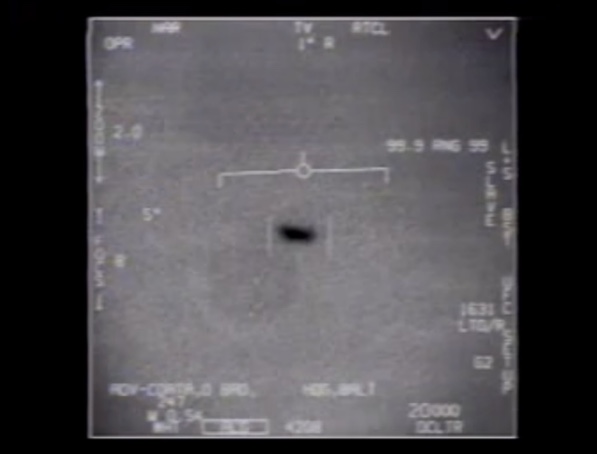
For the Navy to point at video evidence and say, that’s “Unidentified Aerial Phenomena” represents a rare move by a branch of the American military. For a lot of people, this declaration seems to slam the door on any debate of whether or not the objects in question are highly exotic and classified aerospace technology. However, referring back to The War Zone’s in-depth coverage on Special Access Programs (SAPs), if these aircraft were related to an unacknowledged SAP or waived-unacknowledged SAP, the existence of this technology would be denied to everyone outside of the program. Moreover, if these were highly classified technologies emerging from a SAP being run by another branch of the Department of Defense, the Navy could indeed be unaware of what these objects really are.
Barnes told me he’s aware of many past UFO sightings in the Seattle and Southern California regions that were actually advanced aerospace tests by Boeing or Lockheed Martin’s Skunkworks. According to Barnes these “proof of concept” flights frequently occur prior to a company bringing the platform to Area 51 in hopes of selling it to the Air Force, Navy, or other branches of government.
“These were definitely UFOs because they were so secret that they didn’t exist,” said Barnes.
When asked, both T.D. Barnes and Gene Poteat declined to comment on whether they were aware of any oblong shape, hypersonic capable, aerospace platforms in existence.
When it comes to the subject of UFOs in general, T.D. Barnes offered me these parting words:
“On NASA High Range and Area 51, I spent thousands of hours tracking aircraft. Though I tracked many that I could not identify, I never suspected them of being extraterrestrial. On these same projects, I worked with many test and operational pilots. I have never heard of one suspecting that they may have spotted a UFO.
I believe a true extraterrestrial sighting would excite the world to the point that there would be millions of people leaving the city lights to stare at the heavens hoping to see whatever it is. That would be all the media would talk about.
That said, I would like to think that we’re not the only rock in the universe with life.”
Contact the editor: Tyler@thedrive.com
